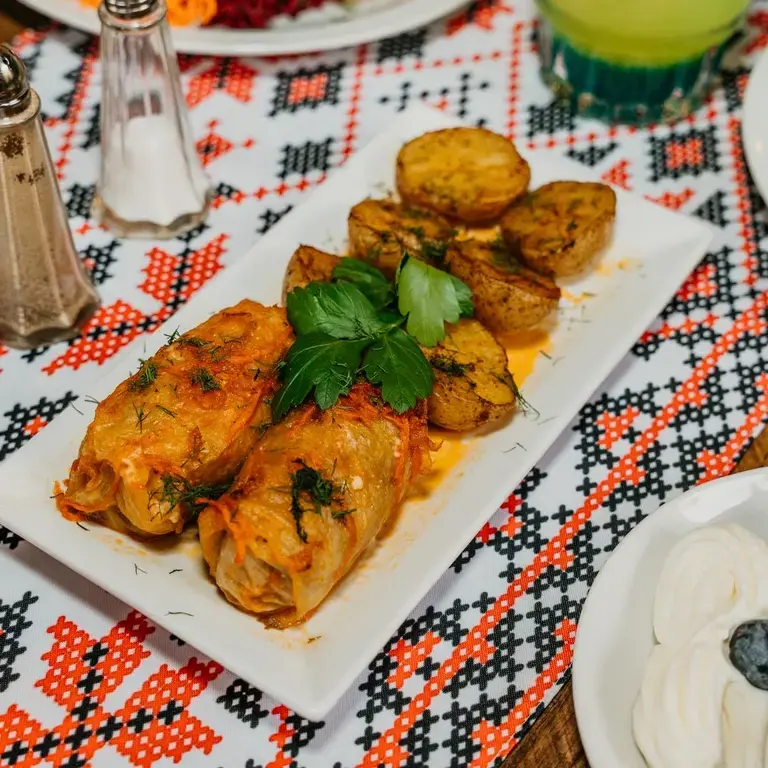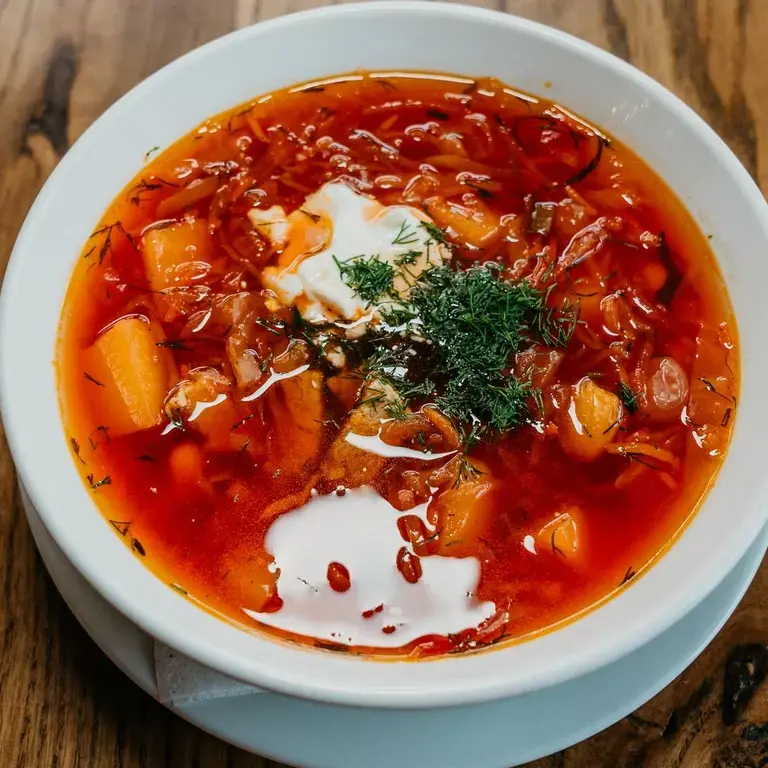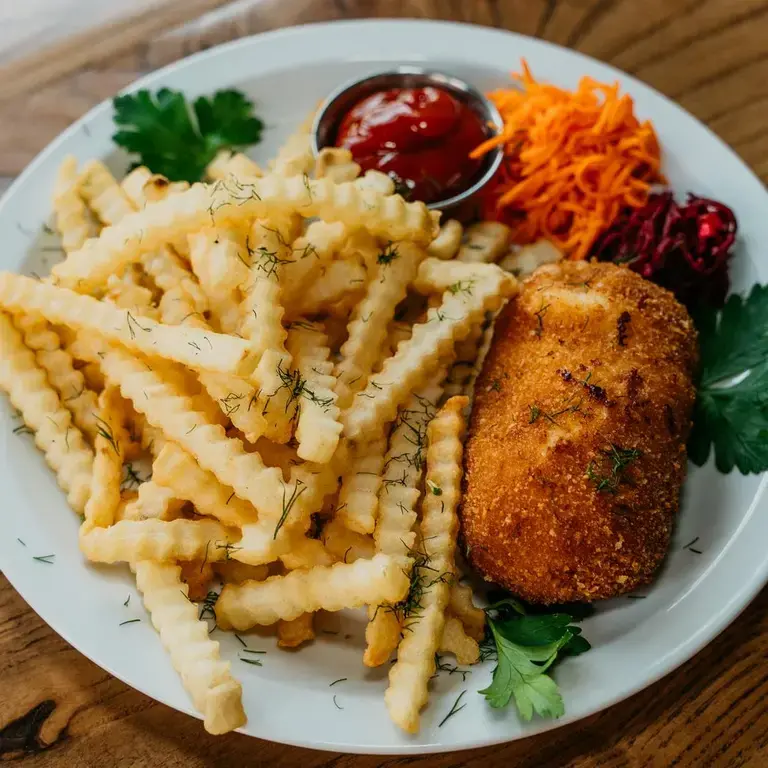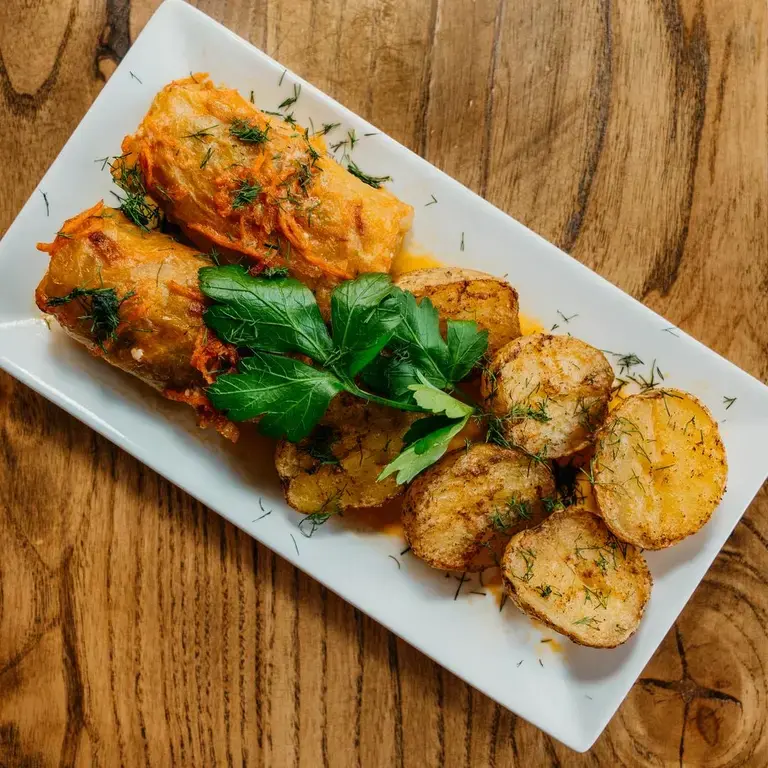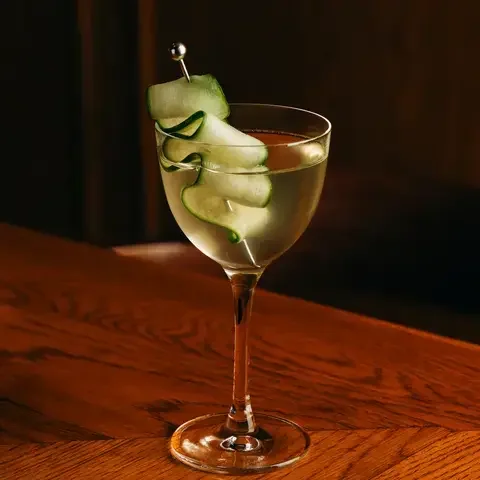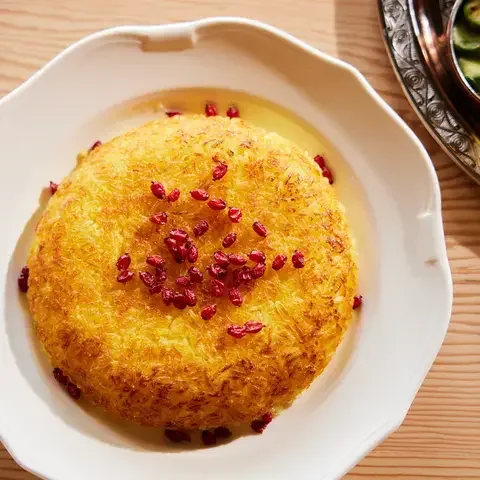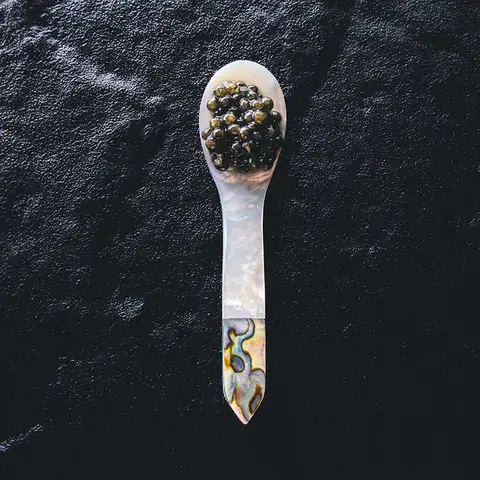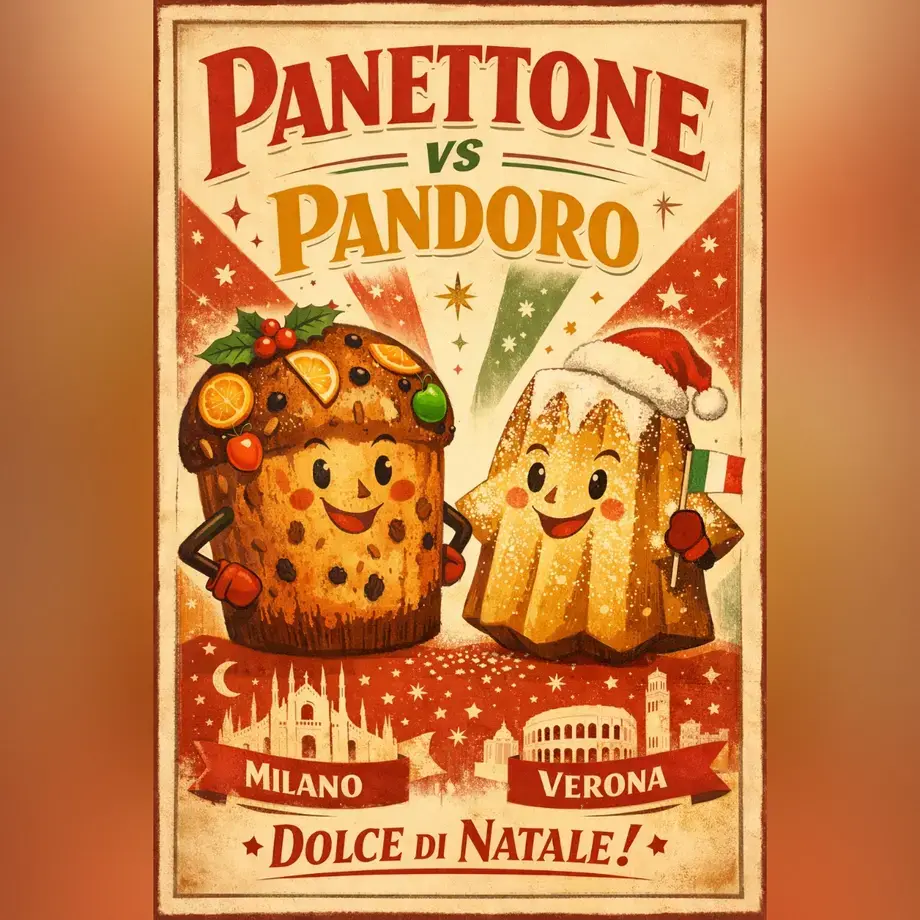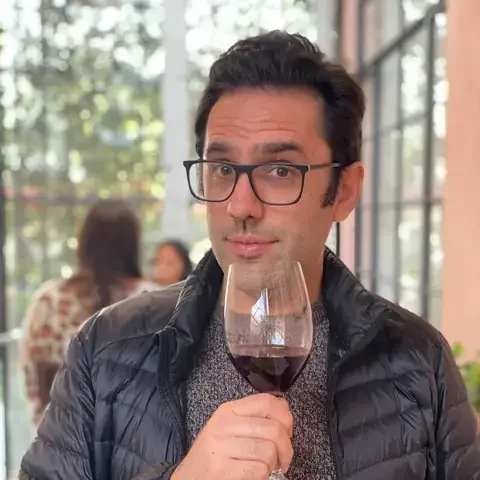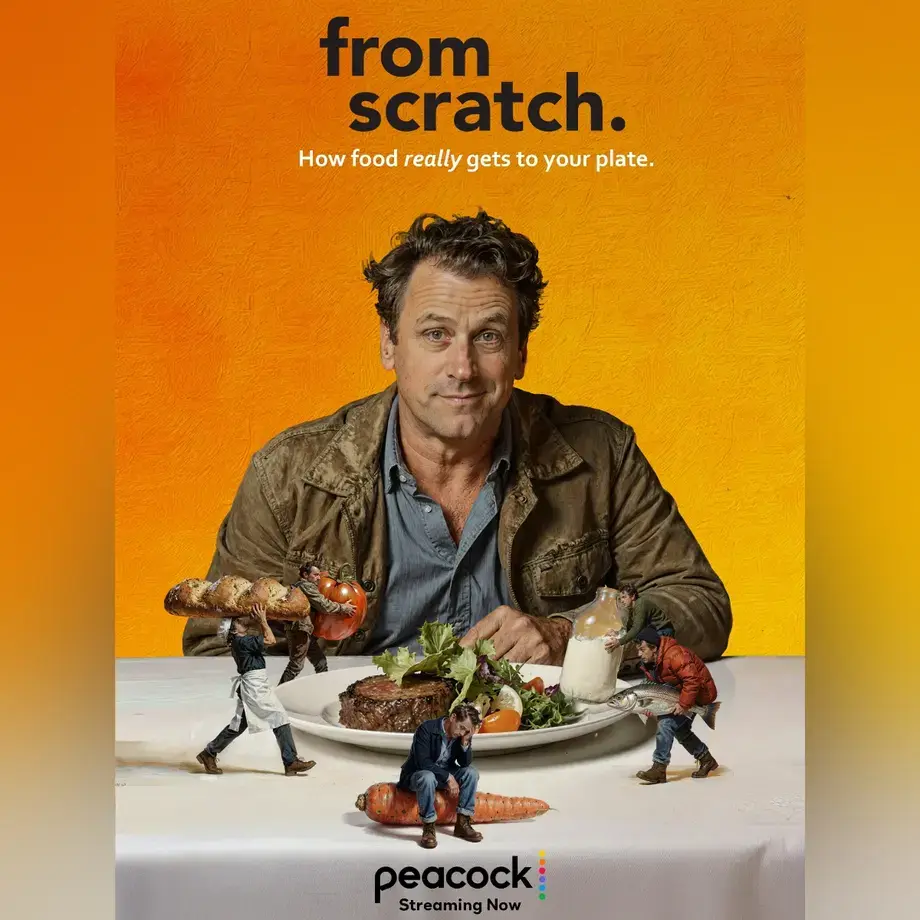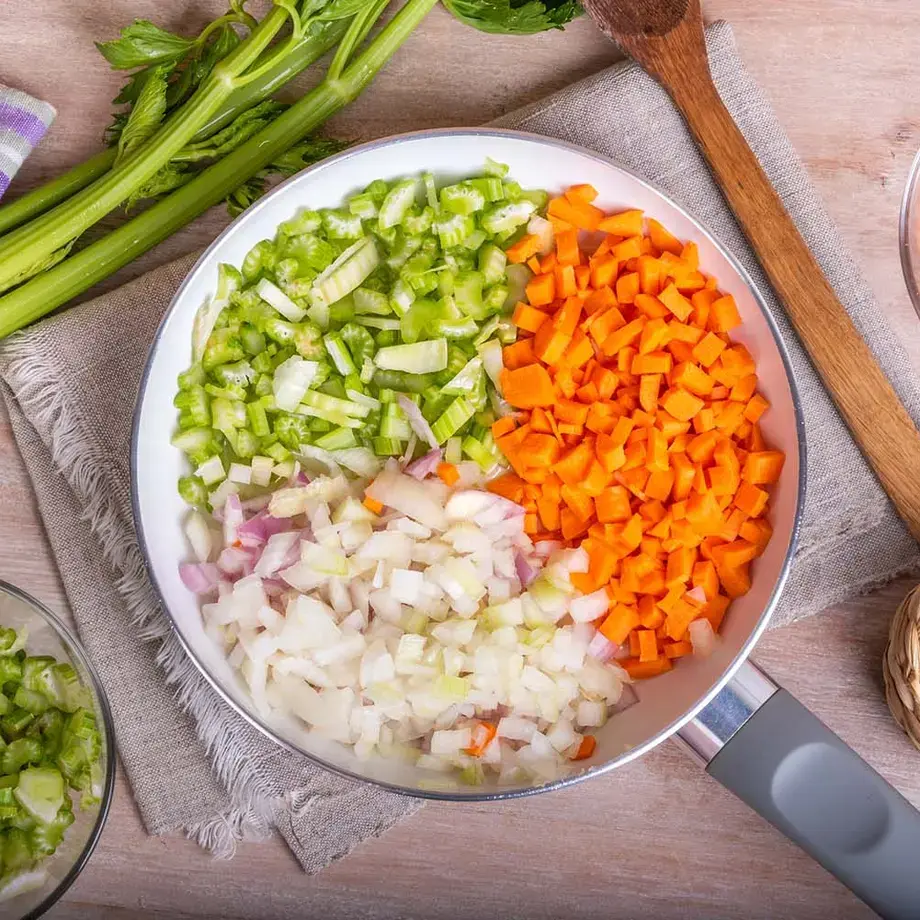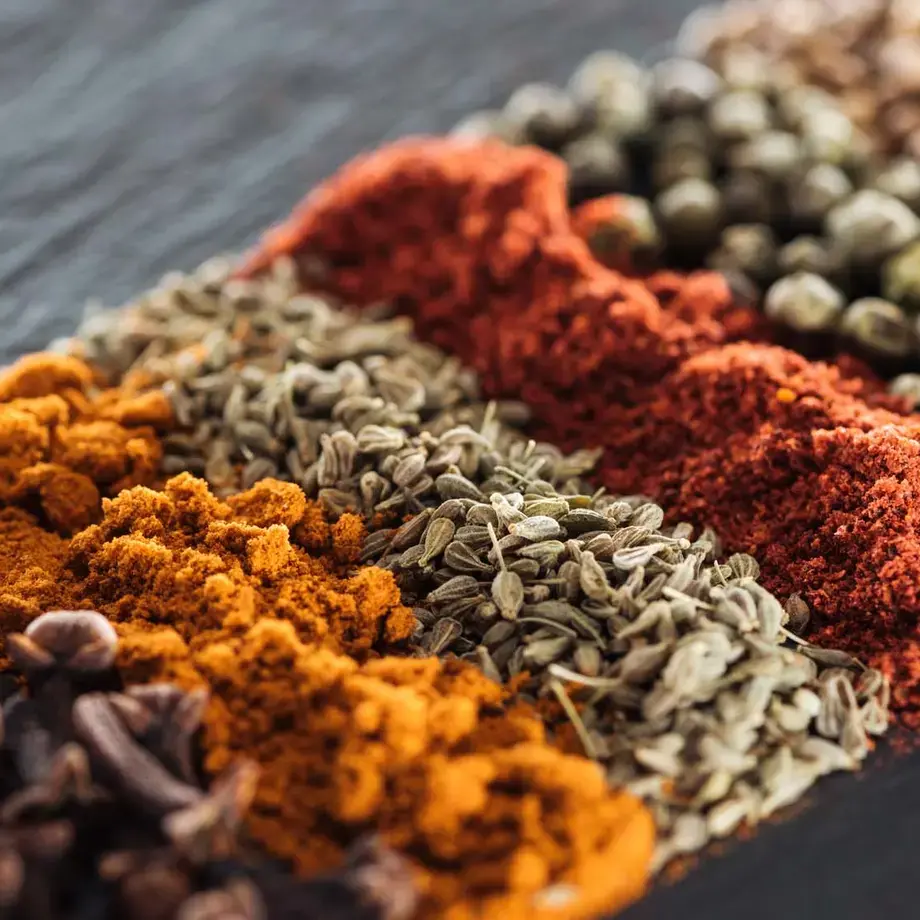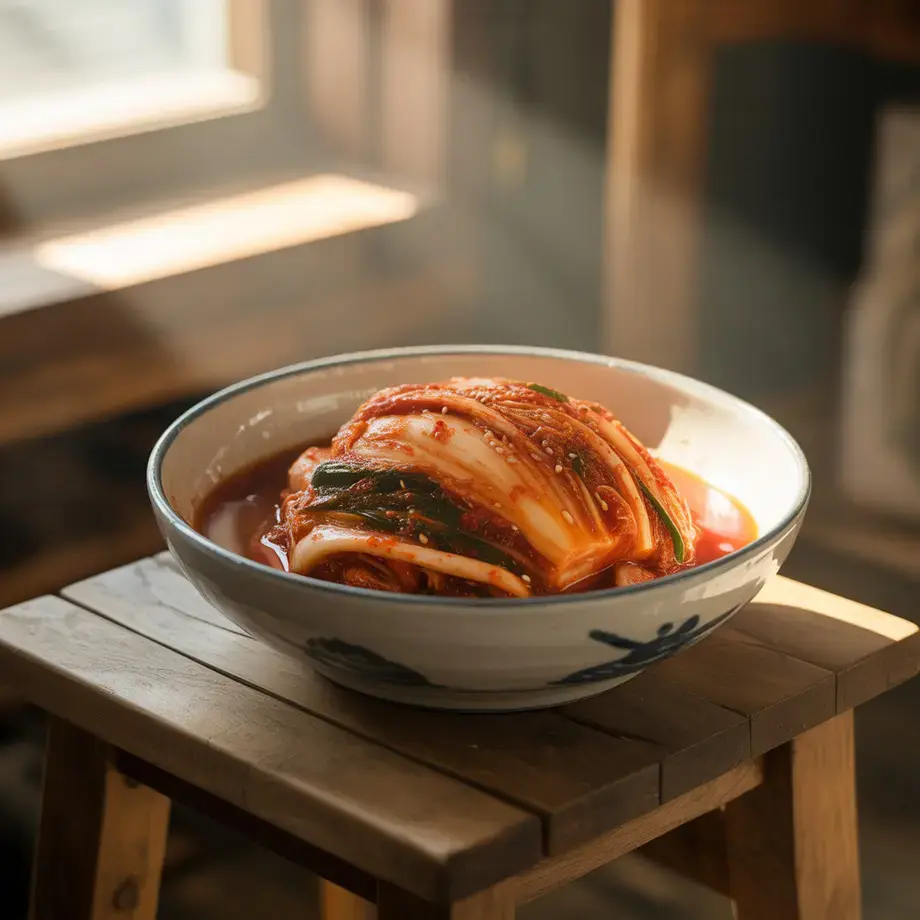Let’s face it—this isn’t an easy time to be Ukrainian. The war with Russia, which began with the full-scale invasion in February 2022, continues with devastating consequences, and the broader political climate offers little relief. But amid the destruction and displacement, a growing number of Ukrainian restaurants are finding footholds across the United States.
Whether opened by newly arrived refugees or second-generation chefs reconnecting with their heritage, this culinary movement is bringing borsch, mlyntsi, and varenyky to more diners than ever before.
“We like to think of Ukrainian cuisine as soul food—it’s hearty, comforting, and versatile, offering something for everyone,” says Ruslan Falkov, the founding partner of Ruta, a Ukrainian restaurant in Washington, D.C. While that may resonate with those familiar with the cuisine, many American diners are still new to it. New Yorkers—home to the country’s largest Ukrainian-American population—likely know the iconic Veselka, and Chicagoans may point to beloved Polish-Ukrainian mom-and-pop spots. But in other corners of the country, this new wave of restaurants is introducing diners to a rich culinary tradition—and to a living, urgent piece of history.
Ruta opened in 2023 with an all-day menu showcasing standout Ukrainian specialties alongside lesser-known regional dishes. Chef Mykola Yudin, who recently relocated to the U.S. from Donetsk, has made it a priority to include both.
“While we embrace and honor the tradition behind classic dishes, we also enjoy presenting them with modern twists,” Falkov adds.


